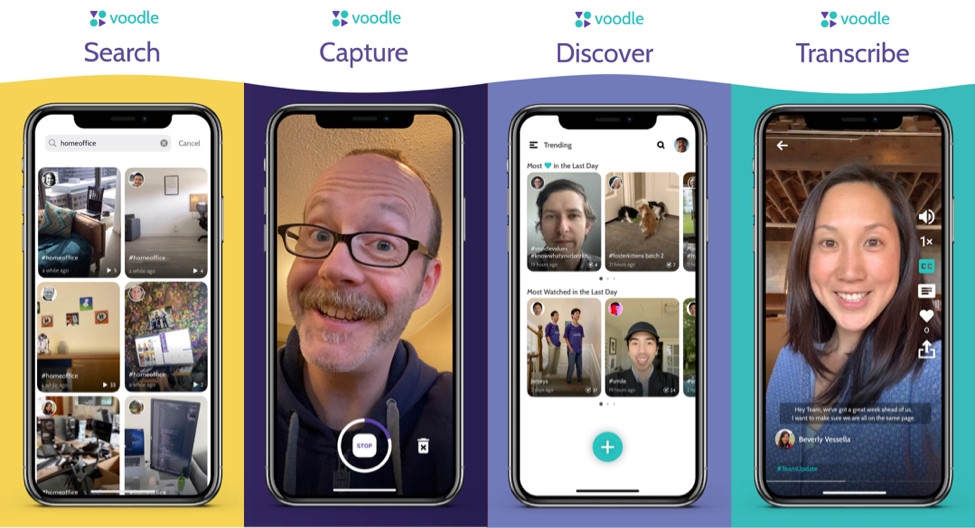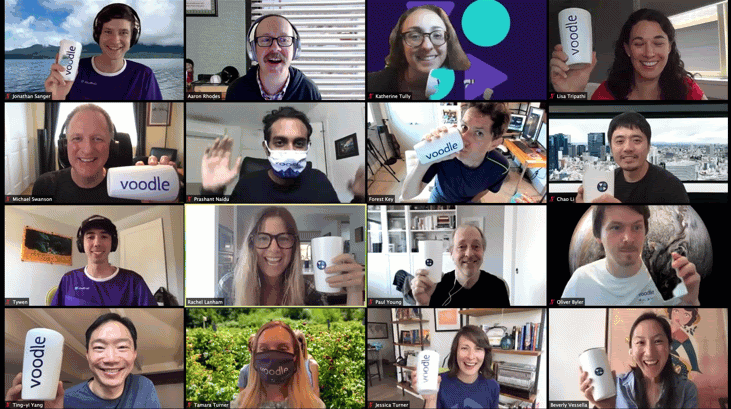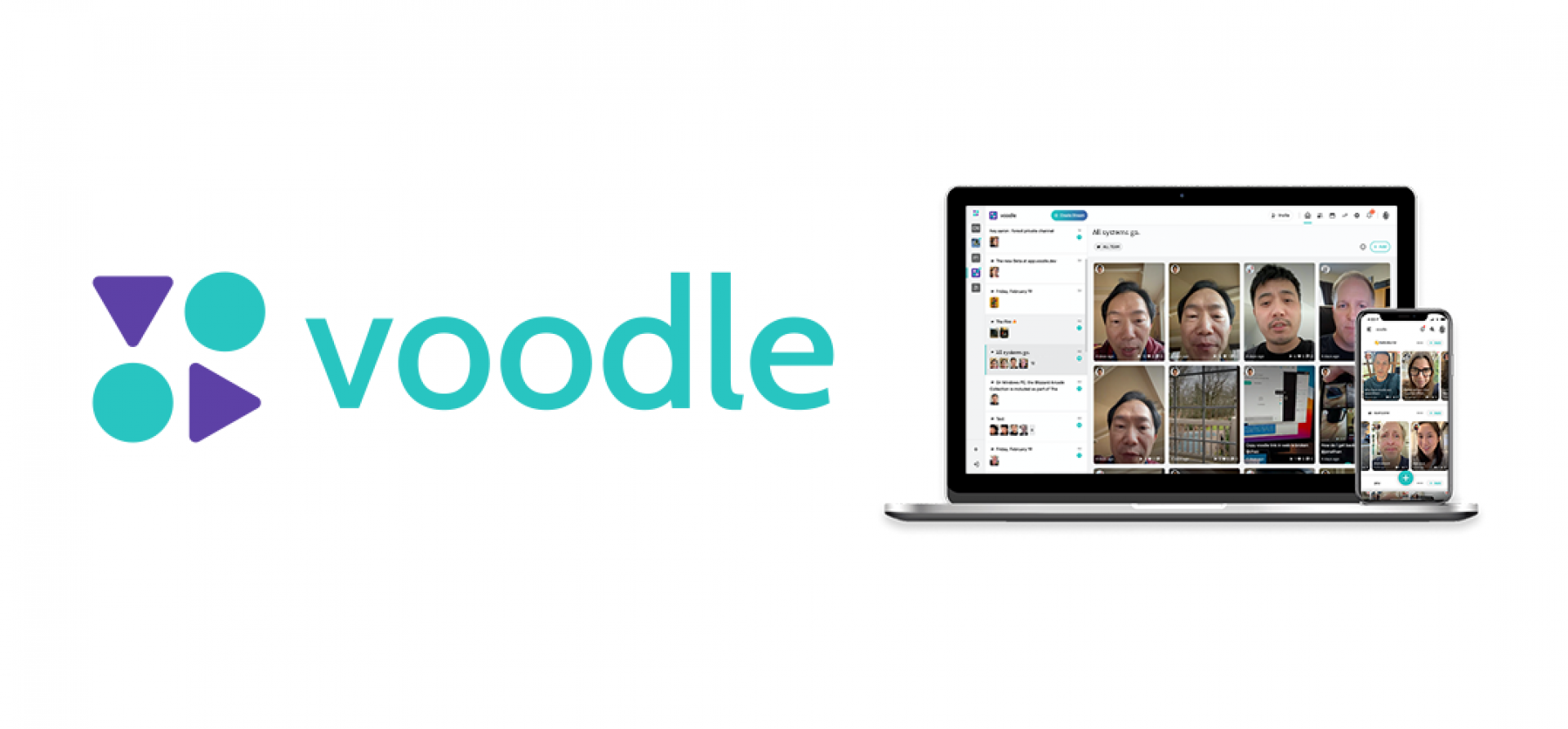When I first met Forest Key, he was the CEO of Pixvana, a company building a cloud-based platform to enable the creation and distribution of VR content. At the time, our Cisco team was evaluating the AR/VR trend and its potential to become a platform for collaboration and productivity. We invested in Pixvana, seeing their technology as a critical component for creating video within this new medium.
That prediction of mainstream adoption for VR technology has yet to become a reality, however. While the team created an exceptional platform, the market hasn’t caught up. So, instead of continuing to wait for things which are out of their control, the Pixvana team realized that they needed to pivot.
Then in late 2019, Forest attended a conference focused on augmented reality with speakers from Instagram, Snap, and other leading social media platforms. Sitting in the audience listening to the conversations, Forest came to a realization: there was stark polarization between how we communicate in our personal lives – which tends to be photo and video heavy – to how we communicate in our work lives in text and documents.
Coming out of that conference, Forest decided to find a solution to bridge this gap. So, he got to work with the team, using their years of experience in collaboration technology to pivot the company. Out of this, Voodle was born.
Early Days of Voodle
Voodle, short for “video doodles,” today is an asynchronous short video platform purpose-built for remote teams and the new workplace. In those early days though, the Voodle team started with a simple vision: an app that could bring connection to teams through video - what they jokingly called “TikTok for the enterprise.”
Thirty days into the pivot, the pandemic hit, and the sudden shift to remote work only escalated this need for a new way for teams to collaborate. As Forest says, “No longer are teams sitting in a room or working on a problem together at a whiteboard. Now, suddenly we’re spending 80-90% of their days on video meetings, but we feel this lack of human connection. People want to feel seen and heard, but many times, remote work and the current text-based chat tools can feel very transactional. It’s about ‘Where’s the link? Where’s the document?’”
When the Voodle team had a product ready to put in the hands of customers, they took a horizontal approach to the market, with everyone from wedding planners, to church congregations, to construction crews, to even celebrity chefs using their platform to communicate with their teams, communities, and clients. However, Forest says that soon they discovered their niche: “What we quickly found was the biggest pain point came from 10-20 person teams, usually within large organizations. These are companies who are thinking about how to make the team productive and also keep morale up. We’ve actually seen organizations refer to this as the “Chief Remote Officer,” but many times it just tends to be the most empathetic person in the organization. These are simply leaders who want to build a sense of trust and purpose in remote environments.”

Communication as a Continuum: Finding the Right Use Cases
When Forest talks about developing use cases, he says that it’s really about finding the right channel for the right message in that context.
He started off by giving the example of how one team used Voodle for providing feedback after candidate interviews: “In the past, if you wanted to share quality and detailed feedback with your team, you’d have to sit in front of a screen and type, type, type - but you run into problems there. The next person is reading the feedback but it’s missing something. There are subtleties that are lost. Instead, what we’ve seen is that a short Voodle can be incredibly powerful. The interviewer is acting as the narrator, breaking down their thoughts into a bite-size summary. Now, when your team goes to listen to your feedback, they get a much stronger sense of your impression because they can hear your voice, your tone, and see your facial expressions.”
Another use case is team collaboration across multiple time zones. Forest gives an example: “Think about product leaders with team members across San Francisco, Spain, and Singapore. It can be a pain coordinating calendars, but with Voodle, that same team can have a robust, threaded, multi-time zone conversation that’s at the right moment for each person. They can consume the information when they’re in the right headspace to consume it.”
Voodle’s Next Horizon
Even with these strong use cases in hand and thousands of customers already on the platform, the Voodle team recognizes that there are barriers to adoption.
“Naturally, people believe that the way they’re thinking, communicating, and collaborating today will be the way they do it tomorrow. It’s really hard for them to see what’s coming next. I’m just as guilty as anyone. When Twitter first became a hot company, I was working at Microsoft, but I remember my wife encouraging me to apply for Twitter’s product manager role. I said, ‘Are you crazy? It’s just short text messaging.’ I didn’t see power behind it. There will always be laggards to adapting, but right now, people are becoming more and more comfortable with the transparency of video in everyday conversations with their family and friends. I think it’s a natural progression to see those same benefits come into our work lives.”
As Forest looks to the next horizon and increasing their customer base and adoption, he believes success hinges on making the platform more intelligent. “As we look at our roadmap, we’re identifying ways to use machine learning and AI to summarize and extract insights from discourse that happens in short videos. Right now, we’re presenting videos in a matrix way, when really, users are telling us they want to see it in conversation-like streams. We’re working closely with customers in an iterative fashion to make that possible.”

Final Take-Aways
One thing that really draws me to entrepreneurs like Forest is their innate ability to balance adaptability to the changing tech landscape with a firm commitment to their vision. As Forest says, “I believe that the work we’re doing today will fundamentally transform how people collaborate, but it’s going to take a lot of trial and error to get there. If there’s one thing that I learned from starting a VR company and then making the pivot to Voodle, it’s to accept that nothing is easy or automatic, and really that shouldn’t be the goal. If it’s easy and automatic, it’s probably not a big enough idea.”
He continues, “The only way to get there is through a lot of hard work – a lot of grind – and a lot of holding yourself accountable to your customers. We’re recognize how hard it is for our customers to sit in front of a screen for 8-10 hours a day on video conferences. So, we’re asking, ‘How can we make this more joyous, with more human connection, and a more aligned sense of productivity?’ Our journey ahead is to solve that problem with an amazing product. Simple as that.”
At Cisco, we believe that collaboration happens in many different ways and there is no one-size-that-fits-all method. Historically, our collaboration technologies have focused on real-time voice and video, but as we’ve seen with persistent chat platforms, such as Webex Teams, Slack, etc., there is also power in communicating asynchronously. We believe this power isn’t just limited to messaging, and that’s why we’re excited to support Voodle as they work to combine these two dynamic forces of asynchrony and video.
